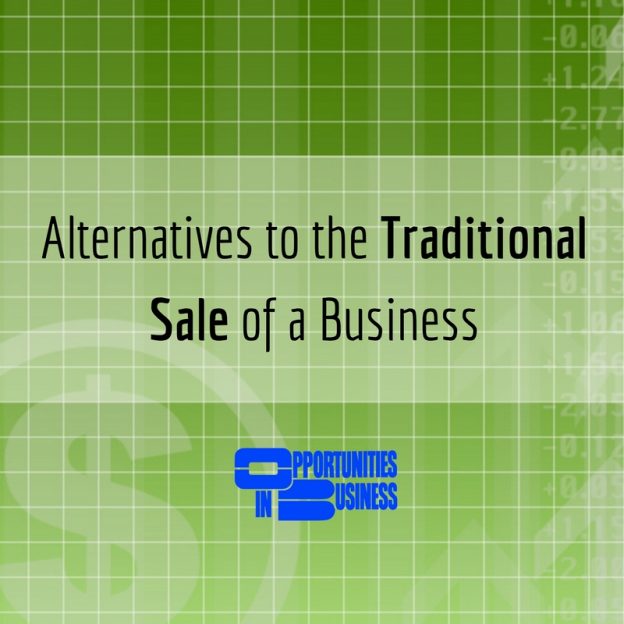HOW TO BE AN INFORMED BUYER
As a potential business buyer, you owe it yourself to be informed. Uninformed or unrealistic buyers not only make poor choices, they also frustrate the parties they work with, such as attorneys, accountants, and brokers. Additionally, while it’s essential to retain such professionals for advice and services, the ultimate responsibility rests on you for every action and decision, so take the time to be thorough.
Ask These Important Questions
As you entertain the possibility of buying a business, here are a few questions to ask and factors to consider.
Are the sellers or the business itself the subject of insolvency proceedings of any kind, such as a bankruptcy filing?
Are there any active contingent liabilities, such as pending or actual disputes with employees, customers, or other parties?
Has the seller made any commitments to employees to increase their compensation? How about to service providers, independent contractors or suppliers?
What’s the relationship with the landlord like? Make sure you know about any active or potential disputes with the landlord, and the history and resolution of any past such disputes.
Seek Detailed, Conclusive Information
You’ve got a right to accurate, timely information from the seller about whether the business is in default on financial, non-financial, taxation, contractual, warranty, or other obligations. Other factors to verify include whether there are pending or unpaid claims for rent, supplies, back wages, or anything else.
In terms of the property itself, ask for a full report on easements, zoning and surrounding property uses. Verify who provides utilities and whether the service has been adequate. Are there natural, geological, or environmental hazards affecting the real property or the business?
Make sure you’re fully informed about any potential environmental hazards relating to substances or products involved in the business. Hazards may include such issues as contaminated soil or water, paint, solvents, fuel, formaldehyde, asbestos, radon gas, medical waste, and surface or underground storage tanks,
Get a clear, itemized assessment of the remaining useful life of the business’s equipment, vehicles, fixtures, intangible assets, etc.
Immerse yourself in learning about the industry, especially if it’s new to you. Without a broad understanding of the arena, it’s hard to research and understand the overall market for the company’s products or services, or the nature of the competition.
The Risk and Responsibility are Ultimately Yours
Ultimately, you need to ask these questions and more, and then evaluate the responses critically. If any answer seems off, don’t just take someone’s word–dig in more deeply and verify the accuracy of the answers you get. When you take over a business, you potentially accept significant liability for things that may have happened prior to your involvement, so your due diligence is vital, and no one will take it as seriously as you do.










